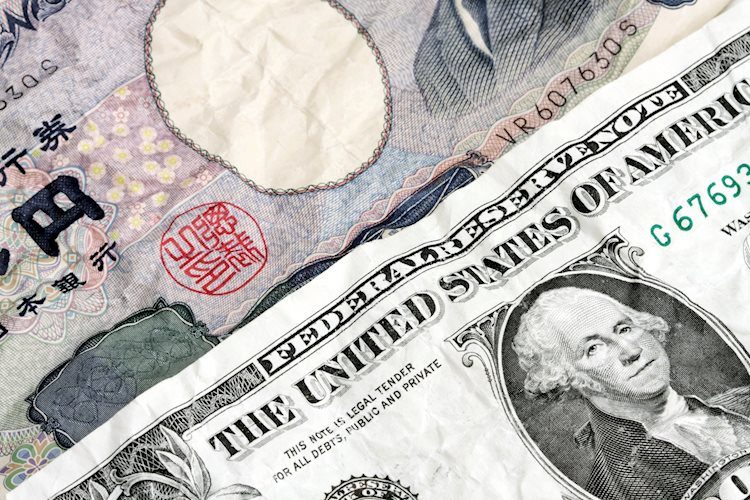The Japanese Yen (JPY) experienced a resurgence in value following comments made by Bank of Japan (BoJ) board member Seiji Adachi on Wednesday. Adachi highlighted the gradual reduction of bond purchases to ensure that long-term yields accurately reflect market signals, as well as suggested that raising interest rates may be appropriate if a weaker JPY leads to heightened inflation. As a result, traders have increased their bets on the BoJ implementing another interest rate hike, setting their sights on Tokyo’s upcoming inflation data as a key indicator of nationwide price trends.
On the flip side, hawkish comments from Minneapolis Fed President Neel Kashkari have instigated risk aversion sentiment, bolstering the strength of the US Dollar. The significant yield gap between the US and Japan continues to attract investors engaged in JPY carry trades, leveraging low-interest Japanese Yen to invest in higher-yielding US Dollar assets and further strengthening the greenback.
The US Dollar’s value has been bolstered by elevated US Treasury yields, with market participants closely monitoring the release of key economic data such as the US Gross Domestic Product Annualized (Q1) and the Core Personal Consumption Expenditures (PCE) Price Index. These data releases are expected to provide insights into the Federal Reserve’s potential stance on interest rate adjustments, further influencing the strength of the US Dollar.
In terms of central bank commentary, Federal Reserve Bank of Atlanta President Raphael Bostic’s remarks on inflation and the potential necessity of a rate cut have also impacted market sentiment. Additionally, the Fed Beige Book report highlighted mixed economic conditions across industries and districts, with slight growth in national economic activity. The possibility of a rate hike was hinted at by Neel Kashkari, President of the Federal Reserve Bank of Minneapolis, expressing skepticism about the disinflationary trend and projecting only two rate cuts.
From a technical analysis standpoint, the USD/JPY pair continues to trade around 157.30, with a rising channel pattern indicating an upward trend. The 14-day Relative Strength Index (RSI) suggests a bullish bias, potentially leading the pair to test the psychological level of 158.00 and potentially reach its highest point in over thirty years. Alternatively, immediate support levels are observed at 157.00 and the nine-day Exponential Moving Average (EMA), with a downward trend potentially testing the lower boundary of the rising channel.
Overall, the Japanese Yen’s price today reflects a mixed performance against major currencies, with the Yen showing strength against the New Zealand Dollar. The Japanese Yen remains one of the world’s most traded currencies, influenced by various factors such as the performance of the Japanese economy, the differential between Japanese and US bond yields, and risk sentiment among traders. Moreover, the Yen’s status as a safe-haven investment contributes to its value during times of market stress, making it a preferred option for investors seeking stability and reliability.











